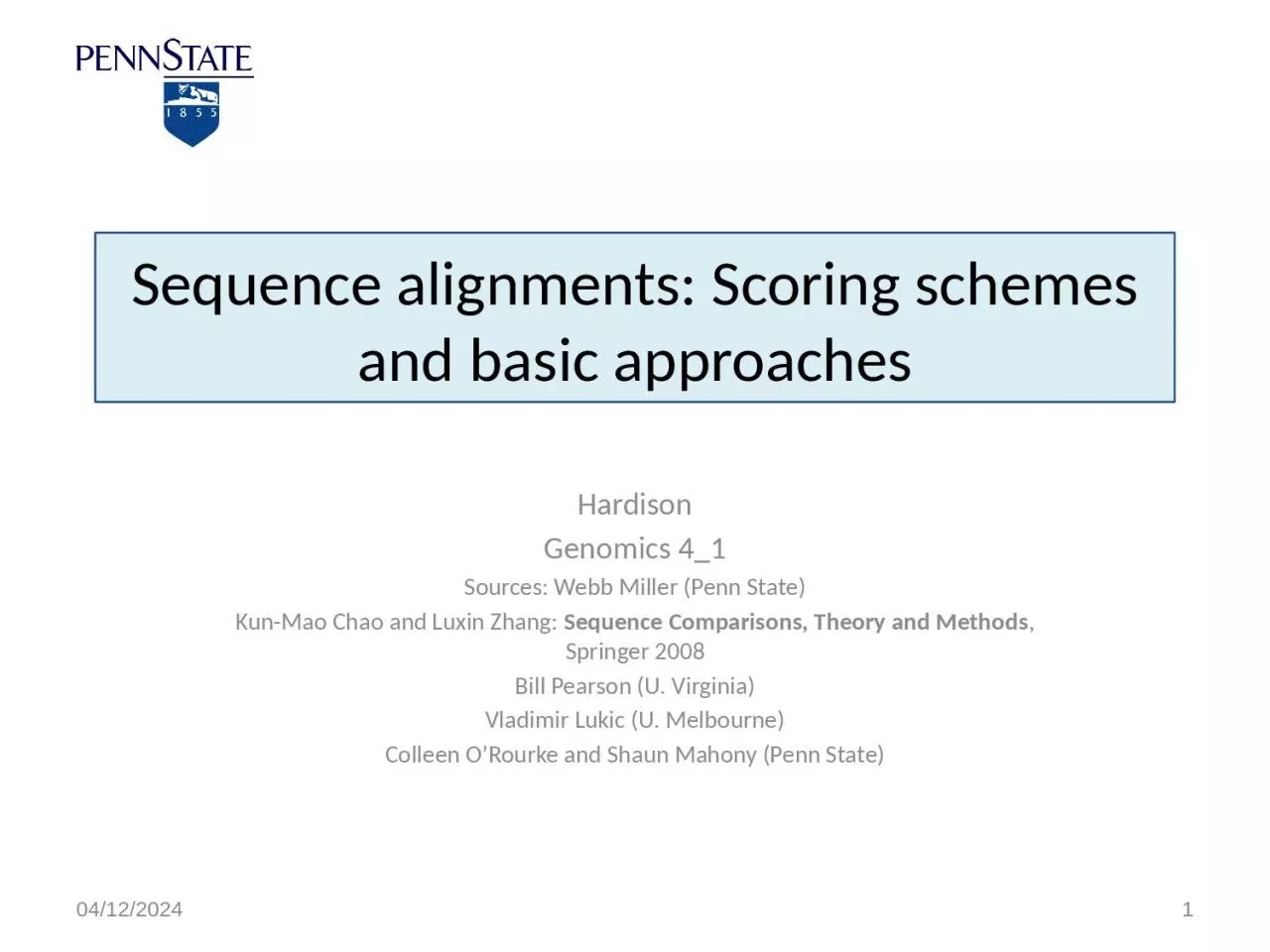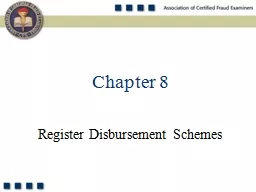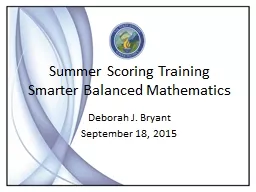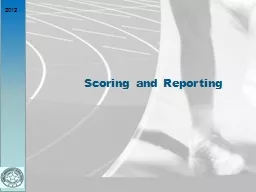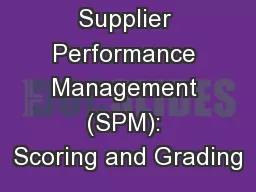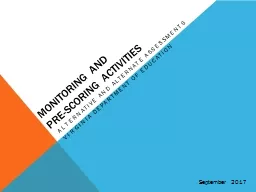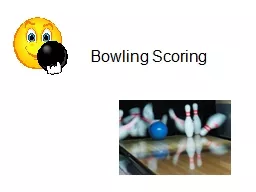PPT-Sequence a lignments: Scoring schemes and basic approaches
Author : CherryBlossom | Published Date : 2022-08-03
Hardison Genomics 41 Sources Webb Miller Penn State KunMao Chao and Luxin Zhang Sequence Comparisons Theory and Methods Springer 2008 Bill Pearson U Virginia
Presentation Embed Code
Download Presentation
Download Presentation The PPT/PDF document "Sequence a lignments: Scoring schemes a..." is the property of its rightful owner. Permission is granted to download and print the materials on this website for personal, non-commercial use only, and to display it on your personal computer provided you do not modify the materials and that you retain all copyright notices contained in the materials. By downloading content from our website, you accept the terms of this agreement.
Sequence a lignments: Scoring schemes and basic approaches: Transcript
Download Rules Of Document
"Sequence a lignments: Scoring schemes and basic approaches"The content belongs to its owner. You may download and print it for personal use, without modification, and keep all copyright notices. By downloading, you agree to these terms.
Related Documents

